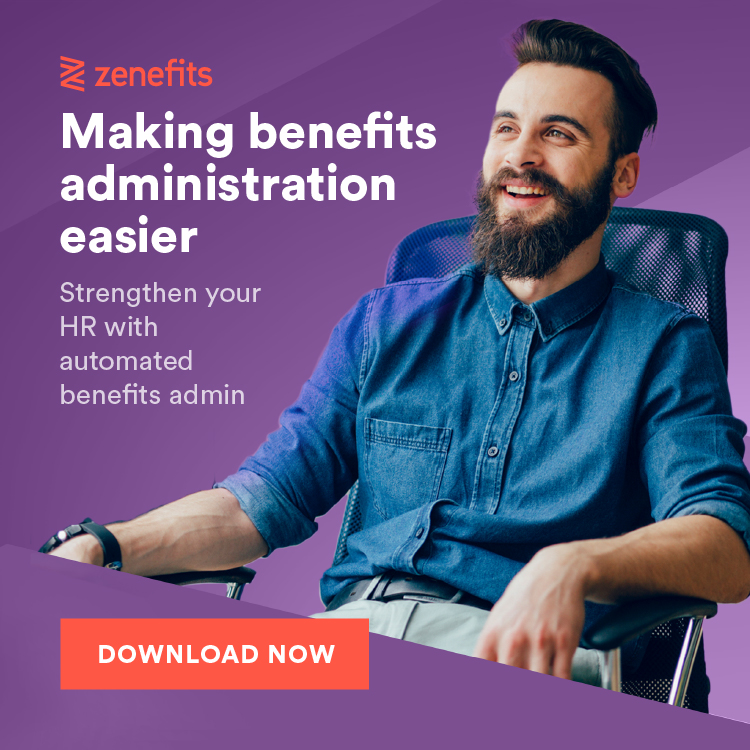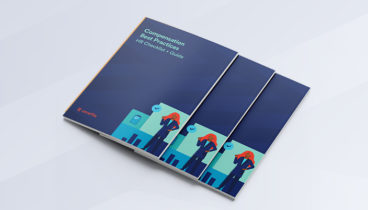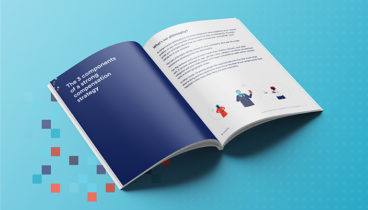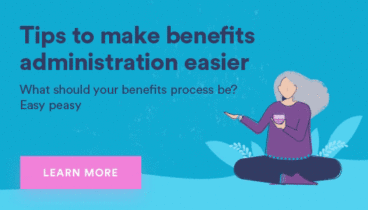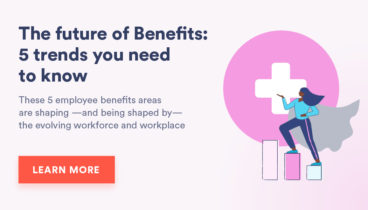Crafting a custom 401(k) plan for your small business doesn’t have to be any more complicated than building a custom pizza. Here’s how.

When small business owners think about starting a 401(k) plan for the first time, they may become overwhelmed by the amount of plan design options that are available — especially if they don’t fully understand all the terms or jargon being used to describe their options. But the reality is, crafting a custom 401(k) plan for your small business doesn’t have to be any more complicated than trying out a homemade recipe for the first time.
While it may seem easier upfront to go with a store-bought, one-style-fits-all option, taking the time to choose each individual ingredient that makes up the meal yourself is worth it in the long run to best suit your taste.
For example, if you think about creating a 401(k) plan the same way you would think about cooking a homemade pizza, the savings vehicle itself would make up the dough, pizza sauce, and cheese you’d find as a staple on every pizza. But adding a few custom plan design options is a great way to make sure your 401(k) pizza has the flavors and toppings that best match your unique palette and goals.
crafting a custom 401(k) plan for your small business doesn’t have to be any more complicated than trying out a homemade recipe for the first time.
Small business owner’s recipe for 401(k) success
When thinking about your homemade 401(k) pizza, think about the Plan Document as the pizza’s recipe card. The Plan Document is meant to outline the various provisions, or toppings, that are included in the 401(k) pizza — like the eligibility requirements, vesting schedules, and other available options listed below.
Baking a 401(k) pizza: Available toppings
Learn about the various plan design options to add to your custom 401(k) pizza.
Automatic enrollment
Automatic enrollment encourages employees to participate in the plan by automatically enrolling participants in the 401(k) at a default contribution rate as soon as they are eligible to participate. Employees can opt-out of the program or change contribution percentages before or after they are enrolled.
Participant eligibility
Plan sponsors can choose to implement eligibility requirements employees must meet before they are eligible to participate in the 401(k) plan, such as number of hours worked or employee age. Businesses with high turnover rates may benefit from introducing eligibility requirements for retention purposes or to help keep administrative costs low.
Plan loans
Employers may choose to allow participants to take plan loans from their 401(k) account, but certain limitations do apply. Loans must have a reasonable rate of interest and have restrictions on the maximum loan amount and loan period. Not all employers choose to include plan loans in their 401(k) offering.
Profit-sharing
A profit-sharing contribution is a discretionary tax-deductible employer contribution made to participant 401(k) accounts. This type of contribution is funded based on a predetermined formula or equal percentage to all eligible employees and is not dependent on whether the employee contributed to the plan themselves.
Matching contributions
Matching contributions can help increase employee retention, and employer contributions are also tax deductible for the employer.
A company match is a contribution an employer makes to an employee’s retirement plan when the employee also makes their own contribution. Providing a company matching contribution can be a huge benefit for employees and their retirement nest egg — but the benefit for employers is significant as well. Matching contributions can help increase employee retention, and employer contributions are also tax deductible for the employer.
Safe Harbor
Safe Harbor is an optional provision that can be added to traditional 401(k) plans and offers advantages to businesses that may be at risk of failing non-discrimination testing. Without Safe Harbor, there may be limitations on the amount owners and highly compensated employees can contribute to their 401(k) plans, but Safe Harbor is designed to automatically satisfy specific IRS testing requirements — maximizing savings potential for owners and other key employees.
Vesting schedules
If a company decides to offer a matching contribution or profit-sharing contribution, they must also decide when an employee vests, or owns, the employer’s contribution. A vesting schedule allows employers to decide how long an employee must work for the business before they are entitled to keep the company contributions. Keep in mind that vesting schedules are not required, and employees can be 100% vested immediately upon becoming eligible to participate in the plan.
Creating a successful 401(k) plan
Choosing the toppings for your 401(k) pizza is the first step to creating a successful 401(k) plan — one that fits the needs of your business and your employees.
If you need help putting together a plan for your unique small business, we’re here to help. Check out PAi’s integration with Zenefits payroll to makes the contribution process automated, saving you time and providing a stress-free experience.


